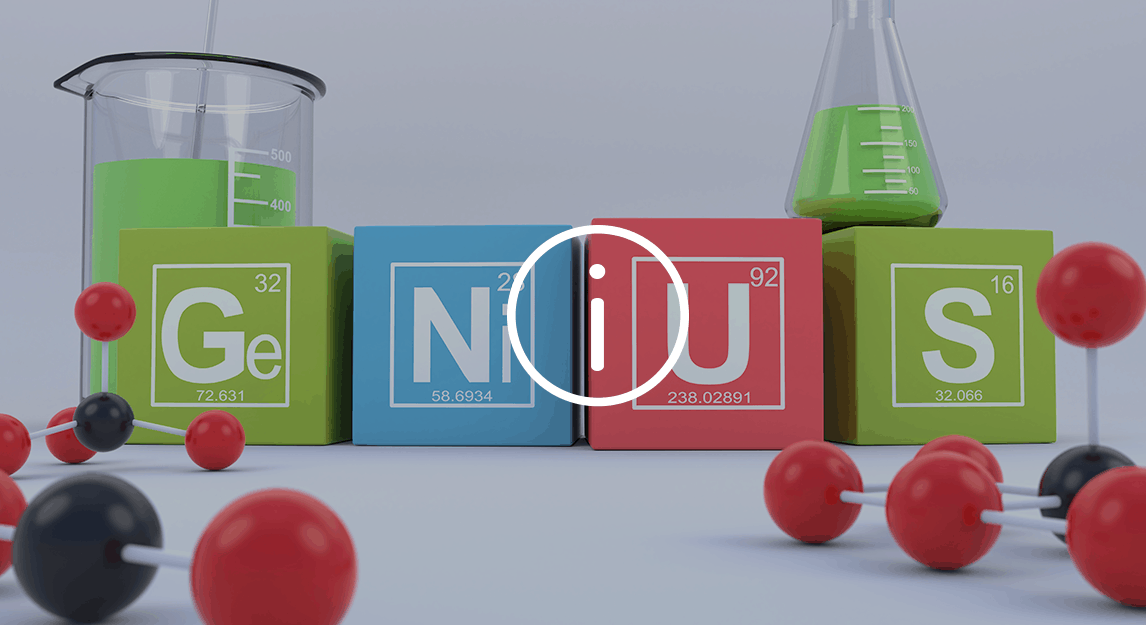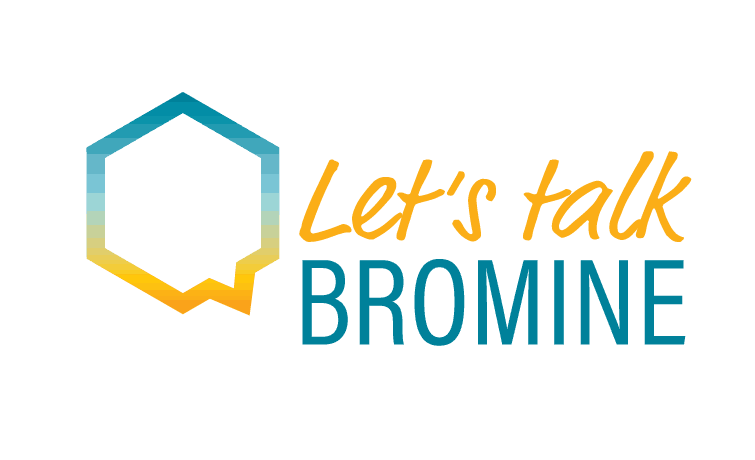
10 Dec Periodic table: Have you heard of these 5 elements?
Since 2019 marks the 150th anniversary of the periodic table as we know it today, all around the world science lovers have been celebrating this paramount discovery for the past year.
Everyone – science lover or hater – is familiar with elements like Cu (copper), Ag (silver), F (fluor) and C (carbon). But isn’t the International Year of the Periodic Table the perfect time to turn the spotlight on all magnificent elements of Mendeleev’s brainchild – not only the ones that are used to getting all the attention?
You would be surprised how many elements you might have never heard of play a vital role in your everyday life. We will highlight 5 of them in this article, so we can close our year of celebrating the periodic table with an appreciation for both popular and underdog elements.
Bonus: we have included a fun fact for every element!
Want to join in on the fun? Follow all the celebrations, activities and events for the International Year of the Periodic Table on Twitter, Facebook and Instagram!
About the periodic table
Russian scientist Dmitri Mendeleev published his periodic system in 1869. Little did he know that it would turn out to be one of the most significant achievements in science.
There are many reasons the periodic table is the subject of our celebrations this year.
Of course, it is a unique tool for students and scientists, allowing them to understand and predict the appearance and properties of all kinds of matter on Earth and the rest of the Universe.
This way the periodic table is highly valuable not only for chemistry, but also for physics and biology.
And the rest of us?
Well, take a look around. Everything you see, hear or feel is made up of one or more elements of the periodic table. We need oxygen to breathe, hydrogen to quench our thirst, aluminum to drive our cars, and bromine to add fire safety properties to electronics, plastics, clothes, furniture and firefighting foams.

We’ve made our point. The periodic table plays a significant role in the day to day life of all of us.
Want to read on about what the periodic table has taught us?
Have you heard of these 5 extraordinary elements?
Tellurium (Te)
Tellurium is a rare silver-white metalloid, first discovered in 1782. It is mainly used in metallurgy in iron, stainless steel, copper and lead alloys, and in solar panels and memory chips.
Fun fact: People who have been exposed to high levels of tellurium, will notice this by a pungent, garlic-like breath. Funny, when you know the element was discovered in Transylvania, Dracula’s hometown.
Argon (Ar)
Argon is the first identified noble gas. It is colourless, flavourless and odourless and is more dense than air. Argon has numerous uses, including insulated glazing, light bulbs, lasers and medicine.
Fun fact: Neon signs emit all kinds of bright colours, but normally neon only produces an orange/red colour when exposed to electric current. To produce a blue ‘neon’ light, the gas argon is added.
Gallium (Ga)
Gallium is a soft, silvery metal, first found in 1875. It is mainly used in semiconductors, alloys and even in the pharmaceutical industry. Because of its application in electronic circuits, it is a critical element for technology.
Fun fact: Gallium will melt when the temperature is just slightly above room temperature. That’s why it’s a frequently turned to metal for … magicians! Have you ever seen a magic trick where a normal looking spoon magically dissolved when dipped into a cup of hot tea? Now you know that these spoons are likely made of gallium.
Moscovium (Mc)
Not much is known about moscovium yet. It was discovered in 2003, when it was synthesized by a team of Russian and American scientists. It is a highly radioactive heavy metal, and up to now it has only been used in scientific research for the production of other isotopes.
Fun fact: Only recently, in 2016, moscovium was named after the place where it was discovered, Moscow Oblast. But … if it was up to the public, the element would now be known as ‘lemmium’, after deceised Motörhead singer Lemmy Kilmister. About 150,000 people signed a petition to name this heavy metal after ‘the very essence of heavy metal’.
Bromine (Br)
Bromine was first identified in 1825 by the German chemist Carl Jacob Löwig. It is a reddish -brown liquid, which is extracted from bromides in soils, salts, air and seawater.
Bromine has many highly valuable applications. It has been used for water treatment, reduction of mercury emissions, energy storage and generation, pharmaceuticals and many more. Read all about bromine on the BSEF website.
The largest single use of bromine is in fire safety and the production of flame retardants. Thanks to its flame retardant properties, bromine plays an important role in making electronics and electric appliances meet fire safety standards.
Fun fact: Bromine is a fairly smelly element. It is even named after its sharp and unpleasant smell: ‘bromine’ comes from the Greek word ‘brōmos’, which means ‘strong odour’.
Mendeleev kept blank spots for new elements
While designing the layout of his famous Periodic Table in 1869, Mendeleev included 69 elements that were known by then. In addition, he kept some blank spots for new elements that hadn’t been discovered yet.
Now, 150 years later, in the Year of the Periodic Table, there are 118 elements. There are still gaps in the periodic table, and scientists keep on researching and creating new elements. Some of them believe the table is finite, with a final number of 137 elements. Others think there is still room for some 35 more.
How well do you know your elements?
Periodic Table Challenge
Test your knowledge of the periodic table by taking part in a fun contest by the International Union of Pure and Applied Chemistry. You might even win a limited edition Periodic Table autographed by a Nobel Laureate in Chemistry!
What are you waiting for? Get in your element and take the challenge!
Read on about the International Year of the Periodic Table
These articles might also appeal to you:
The International Year of the Periodic Table
What the Periodic Table has taught us
Send us your fun facts on the periodic table!
Do you know other forgotten elements that play an important role in our lives? Can you dazzle us with more fun facts about the periodic table? Share them with us and all science lovers celebrating the International Year of the Periodic Table!
Send your fun facts to letstalkbromine@bsef.org.
SOURCES
http://discovermagazine.com/galleries/zen-photo/e/elements
https://www.livescience.com/44463-rare-elements-periodic-table.html
https://www.eoswetenschap.eu/natuurwetenschappen/de-tabel-van-mendelejev-bestaat-150-jaar
https://www.bsef.com/about-bromine/
https://iupac.org/100/pt-challenge/
https://iypt2019.org/about-iypt2019/
https://en.wikipedia.org/wiki/Gallium
https://www.history.com/news/four-additions-to-periodic-table-get-new-names




No Comments